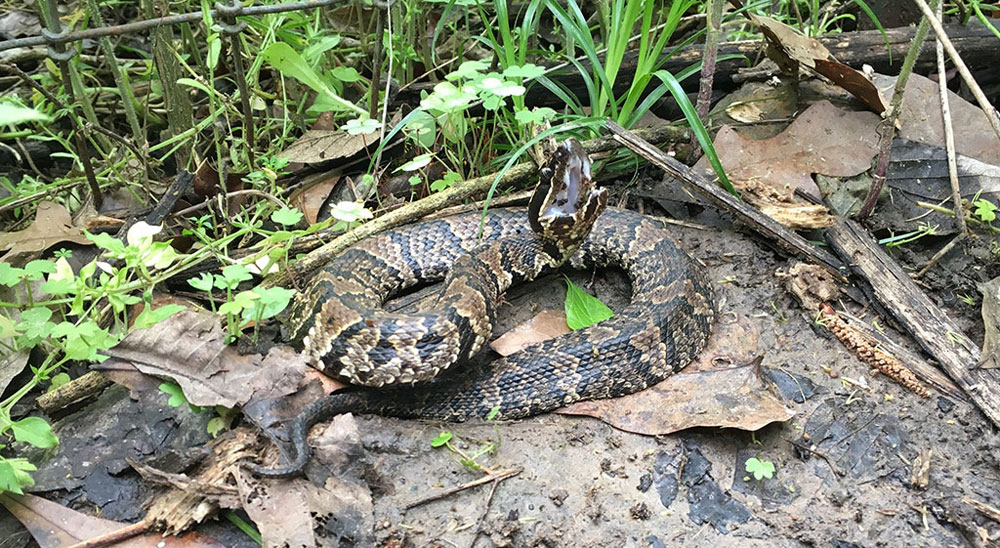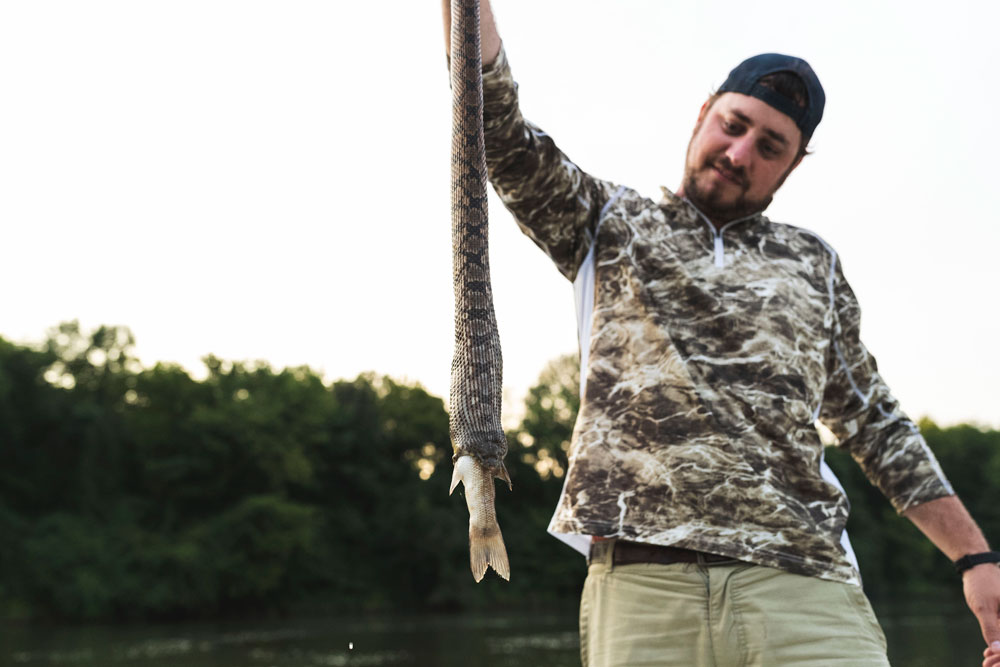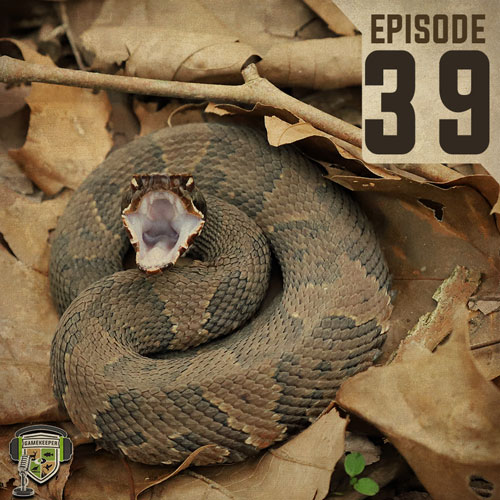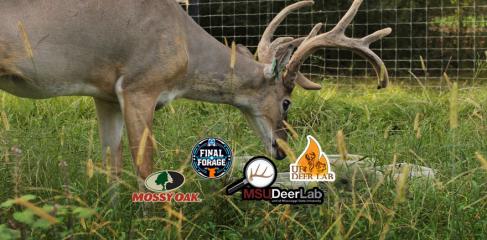For avid campers, hikers and outdoor enthusiasts, learning how to identify poisonous snakes is a necessary skill. Knowing their habitats and visual markers can save you from sustaining bites and the nasty consequences of toxic snake venom.
Recognizing and avoiding poisonous snakes before they strike is ideal, but sometimes a bite occurs before you have a chance to see the snake. If this happens, it is essential to learn how to tell if your snake bite is poisonous and what to do immediately after being bitten.

Identifying Poisonous Snakes
Despite being trained in how to avoid snakes, there is still a chance they may bite you. Even if you don’t see the snake before it bites you, you might catch a glimpse as it is slithering away. If you don’t see the snake at all, you may still be able to identify the type of snake that bit you if you are familiar with poisonous snake habitats. Therefore, it is helpful to know the standard identifiers of poisonous snakes in the U.S. and where these creatures live.
Size and Bulk
Three of the four poisonous snake species in the U.S. are known as pit vipers. These are the rattlesnake, cottonmouth and copperhead snakes. These pit vipers have large, round, muscular bodies and sizable lengths. Size is a clear marker of a poisonous snake because skinny, narrow snakes are typically non-venomous. The exception is the coral snake, which is slender and not considered a pit viper; its colors mark its venomousness.
Pupils
Unless the snake that bit you is dead, you probably won’t get a close look at its pupils, but pupils are one good way to identify if a snake is poisonous. Poisonous snakes have elliptical or slit-like pupils, whereas non-venomous snakes’ pupils are round.
Colors and Special Characteristics
More often than not, the brighter the snake or the more complex scale pattern it has, the more likely it is venomous. Coral snakes are brightly colored with a yellow-red-black design, while copperheads have an intricate copper-colored pattern. The rattlesnake is known for its deadly warning rattle. These features indicate that most venomous snakes have warning signs if you know what to look for.
Head and Face
Most venomous snakes have a triangular head and jaw area, whereas non-venomous snakes have a softer curve to their jaw. In addition, many venomous snakes are pit vipers. They often have a divot between their eyes and heat-sensing pits in their face.
Behavior
There are certain behaviors of venomous snakes that set them apart from harmless snakes. For instance, in water, venomous snakes glide along the surface because their lungs are filled with air. You’ll see a cottonmouth on the top of the water, while a harmless water snake will swim below the surface.
The four poisonous snakes in the U.S. are rattlesnakes, cottonmouths (water moccasins), copperheads and coral snakes. Rattlesnakes are found across the country in various habitats, while cottonmouths, coral snakes and copperheads are primarily found in the southeast. If you are in one of these habitats and see a venomous snake, be aware there are probably more lurking nearby, so keep your eyes peeled.

Markers of Poisonous Snake Bites
If you don’t see the snake that bites you, you may confuse the initial bite with an injury on shrubbery or rocks, or you may feel the bite immediately but never see the culprit. If this is the case, and you discover you have been bitten, you need to look for certain indicators of the bite containing toxins. These are the tell-tale signs a poisonous snake has bitten you:
- Two puncture marks at the site
- Blistering, bruising, bleeding, swelling or redness around the bite
- Affected breathing, labored breathing or difficulty taking breaths
- Noticeable pain or tenderness on the bite
- Blurry vision
- Nausea or vomiting
- Diarrhea
- Rapid heart rate
- Salivation or sweating
- Weak pulse or low blood pressure
- Rubber, mint or metallic taste in the mouth
- Dizziness, faintness or weakness
- Numbness, especially on the face or mouth
You’ve Been Bitten, Now What?
Once you are bitten, there are several steps to protecting yourself. Several people die each year from poisonous snake bites because they do not follow these instructions from the CDC. The worst thing you can do is ignore a snake bite, so make sure to contact emergency services as soon as you know you have been bitten.
1. Seek medical attention.
Call 911 or local Emergency Medical Services to receive anti-venom as soon as possible.
2. Apply first aid while waiting for emergency personnel.
- Lay or sit with the bite in a neutral position below the heart level.
- Remove jewelry or watches.
- Wash the bite with soap and water.
- Dress the wound.
- Mark the area of swelling with the time to track its progress.
3. Stay Calm.
Remain as calm as possible. Try to identify the snake or take a picture if the snake is nearby. Stay where you are and wait for medical help to arrive.
There are also several actions the CDC warns against after being bitten by a snake. Do not try these erroneous folk remedies:
- “Try to drive yourself to the hospital.”
- “Pick up a snake, even if it is dead.”
- “Wait for symptoms to appear.”
- “Apply a tourniquet.”
- “Use a knife to cut open the wound.”
- “Try to suck out the venom.”
- “Put ice on the bite or put it underwater.”
- “Drink alcohol or take pain relievers.”
- “Attempt a folk or homeopathic remedy.”
The more prepared you are for outdoor activities, whether that includes training for hiking or brushing up on your first aid skills, the better your experience in nature will be. When you know the course of action to take in an emergency, you can remain calm and help yourself or others in distress.
Be Prepared for Everything
Poisonous snakes are an often overlooked danger of being in the wild. Many snakes avoid humans as much as possible, so it can be a shock when one appears. If you are not appropriately trained, you may react in a way that scares the snake and leads to an attack.
Avoiding snakes altogether is the best option, but it is crucial to know how to recognize whether the bite is venomous and what to do after being bitten if a snake bites you. Most snake bites are painful but are easily treatable with proper medical care. If you are bitten, call emergency personnel, apply first aid treatment and remain as calm as possible. By being prepared and reacting responsibly, you should make a full recovery from the attack.
Want to hear more? Listen to Episode 39 of the GameKeeper podcast:
Do you know what to do if you’re bitten by a venomous snake? How would you assist your dog? Hear an unbelievable story of being bitten in the head by a Copperhead! We welcome several helpful guests including Dr. Scott Rush, Associated Professor of Wildlife Ecology and Management at Mississippi State University to discuss snakes behavior and tips to avoid getting bit. Dr. Ned Miller with North Mississippi Medical Center jumps on the phone to share with us some tips to take after getting bit, what to expect when you arrive at the ER, expels a few in-the-field techniques to treating snake bites, and a little insight into what anti-venom is and how much it actually costs! We also hear a scary story from Dudley’s cousin, Tyler Hardy who was bitten in the head while hunting. This one could save a life. Pay attention.































